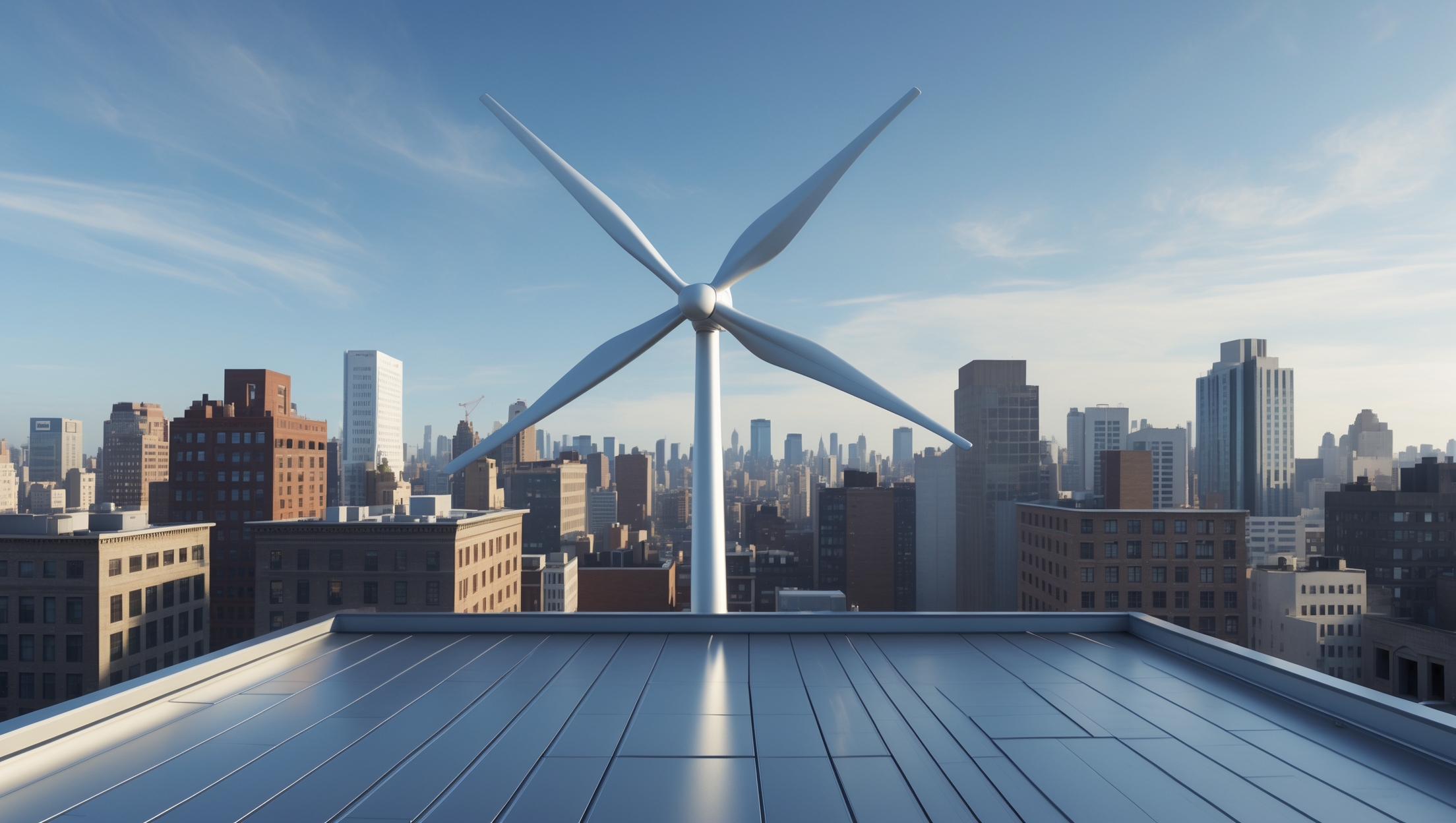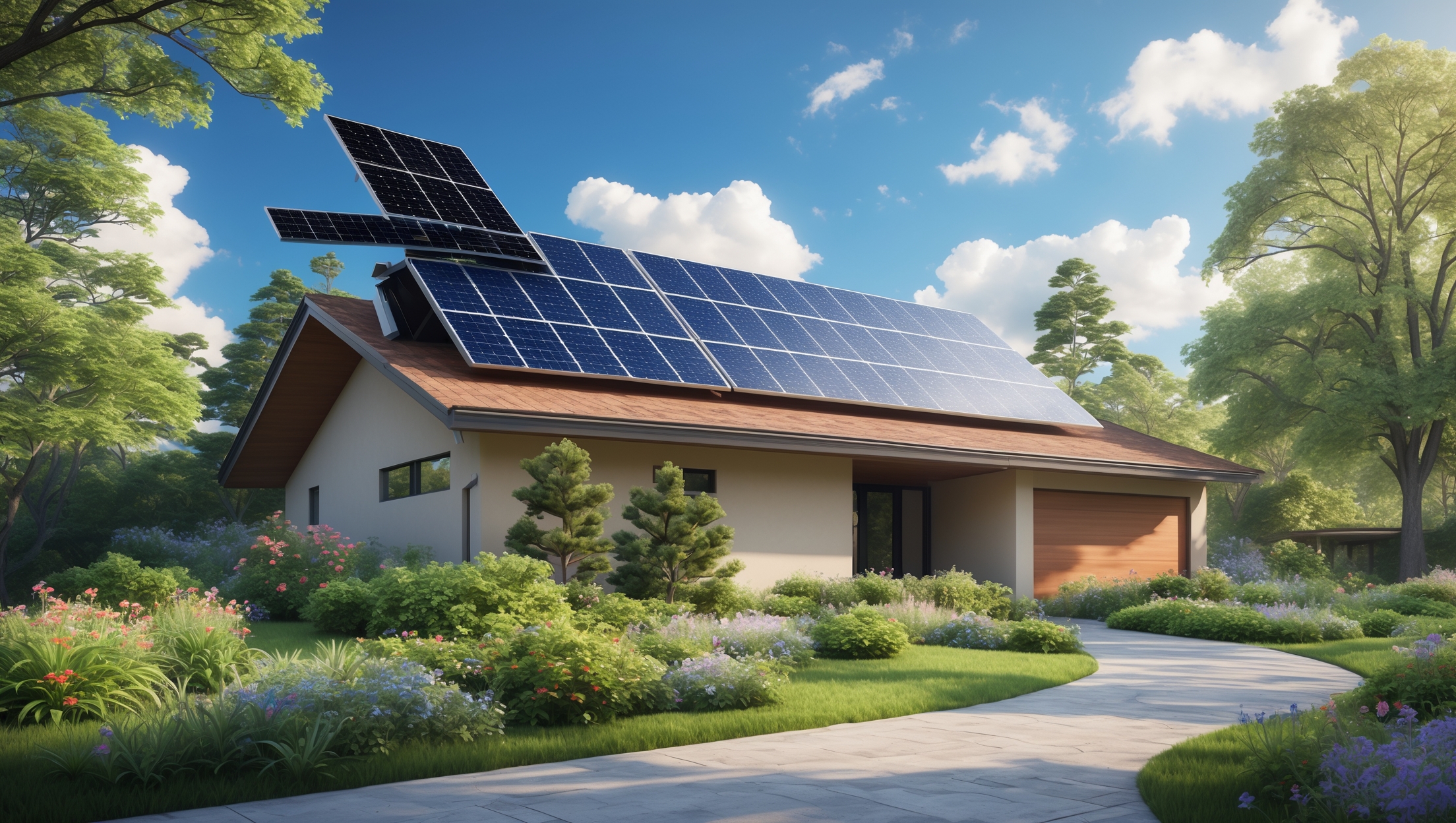Introduction: The Overlooked Shield for Urban Rooftop Wind Turbines
Urban rooftop wind turbines are gaining momentum as a practical, scalable solution for cleaner energy in cities. With space at a premium and a growing need for distributed renewable power, more homeowners and building managers are installing compact wind systems atop their buildings. But while the technical and regulatory aspects of wind energy get plenty of attention, a critical component is often overlooked: insurance. Without the right coverage, even the most advanced rooftop wind turbine can become a financial liability. Incidents like severe weather, fire, vandalism, or even equipment failure could mean thousands in unexpected expenses—not to mention potential legal battles if property or people are affected. Understanding insurance essentials isn’t just about ticking a box for compliance; it’s about safeguarding your investment, your property, and your peace of mind. This in-depth guide demystifies the insurance landscape for urban rooftop wind turbines, covering what coverage you truly need, how to shop smart, what insurers look for, and how to proactively minimize your risk. Whether you’re planning your first installation or managing an established system, this resource will help you make informed, confident decisions.
Why Urban Rooftop Wind Turbines Require Specialized Insurance
Unlike ground-mounted systems, urban rooftop wind turbines pose unique risks and challenges. They interact with building structures, are exposed to harsher urban climates, and operate in proximity to people, traffic, and neighboring properties. Standard property insurance policies often exclude or limit coverage for such equipment, especially if it’s considered a structural modification or classified as an energy-generating asset. Here’s why specialized insurance is non-negotiable:
- Structural Risks: Turbine vibrations, improper mounting, or severe weather can damage rooftops or building infrastructure.
- Liability Exposure: Falling debris, ice throw, or malfunction could injure people or damage neighboring property.
- Equipment Value: Modern turbines and controllers are expensive and may not be covered under regular building policies.
- Grid Connection: If you supply power back to the grid, you may face new liabilities and regulatory requirements.
Understanding these risks helps you determine the types and levels of coverage you’ll need.
Core Insurance Policies for Rooftop Wind Turbine Installations
1. Property Insurance: Protecting the Physical Asset
Property insurance covers physical loss or damage to the wind turbine and related equipment (inverters, controllers, cabling). Here’s what to look for:
- Covered Perils: Ensure the policy includes windstorm, hail, fire, vandalism, theft, and mechanical breakdown.
- Replacement Cost vs. Actual Cash Value: Replacement cost policies pay to replace your system with new equipment, while actual cash value subtracts depreciation. Always opt for replacement cost if possible.
- Equipment Breakdown Addendum: This covers internal failures not caused by external events (e.g., electrical arcing, gear failure).
2. General Liability Insurance
This protects you if your turbine causes injury or property damage to others. It’s vital for urban settings, where people and property are close by. Key aspects:
- Bodily Injury: Covers claims if someone is hurt by falling parts, ice, or during maintenance accidents.
- Property Damage: Pays for repairs if your turbine damages a neighboring roof, vehicle, or other property.
- Completed Operations: If you install the turbine yourself or hire contractors, ensure this covers post-installation liability.
3. Business Interruption (Optional for Commercial Buildings)
If your building relies on wind-generated power for operations, business interruption coverage can compensate for lost income during downtime caused by covered events.
4. Product Warranty and Manufacturer’s Insurance
Many turbine manufacturers offer limited warranties. However, these rarely cover all risks. Understand what’s included, and supplement with your own policies as needed.
Key Coverage Features to Demand
When comparing insurance options, look for these essential features:
- All-Risk vs. Named Peril: All-risk policies cover anything not specifically excluded. Named peril policies cover only listed risks. All-risk offers broader protection.
- Deductibles: Higher deductibles lower premiums but increase out-of-pocket costs after a claim. Balance affordability with risk tolerance.
- Coverage Limits: Coverage should match the full replacement value of your equipment and potential liability exposure. Factor in turbine cost, installation, and removal/disposal expenses.
- Exclusions: Watch for exclusions like wear and tear, intentional acts, or lack of maintenance. Ask for a detailed list and clarify any ambiguous terms.
- Additional Insureds: If you lease your rooftop or share ownership, include all stakeholders as additional insureds.
Insurer Requirements: What Underwriters Look For
Insurance companies assess the risk profile of your installation before issuing a policy. Here’s what they typically require or favor:
- Professional Installation: Certified installers and adherence to manufacturer specs reduce risk and premiums.
- Engineering Reports: Structural assessments confirming roof load capacity and vibration mitigation.
- Compliance Documentation: Proof of permits, code compliance, and electrical safety certifications.
- Maintenance Logs: Regular inspection and maintenance records show that you’re minimizing operational risks.
- Location Analysis: Proximity to other buildings, height above ground, and local wind conditions all affect risk calculations.
How to Shop for Rooftop Wind Turbine Insurance
Step 1: Gather Detailed System Information
Before contacting insurers, compile the following:
- Make, model, and capacity of the wind turbine(s)
- Installation date and installer credentials
- Location details: address, rooftop type, height
- Electrical grid connection (on-grid/off-grid)
- Maintenance plan and contacts
Step 2: Identify Specialized Insurers
Not all insurance companies cover renewable energy systems. Look for providers with experience in green technology or commercial property insurance. Ask for references from other rooftop turbine owners.
Step 3: Request and Compare Quotes
Submit your information to at least three insurers. Compare:
- Premiums and deductibles
- Coverage limits and exclusions
- Claims process and turnaround time
- Available discounts (e.g., bundling with building insurance, safety features)
Step 4: Negotiate Coverage and Clarify Terms
Don’t accept the first offer. Ask about:
- Adding equipment breakdown endorsements
- Expanding liability limits
- Including additional insureds (property managers, tenants)
- Customizing deductibles
Step 5: Review Annually
Your insurance needs may change as your system ages, as you upgrade equipment, or as local regulations evolve. Schedule an annual review with your agent.
Common Pitfalls and How to Avoid Them
- Assuming Building Insurance Is Enough: Most standard property policies do not cover energy systems added after construction. Always verify with your insurer.
- Underinsuring Equipment Value: Factor in full system replacement, not just the original purchase price.
- Ignoring Exclusions: Overlooking policy exclusions for wear, corrosion, or improper maintenance can leave you exposed.
- Neglecting Documentation: Lack of records can delay or nullify claims. Keep all invoices, permits, inspection, and maintenance records on file.
- Not Updating Policies After Upgrades: Adding a larger turbine or battery? Notify your insurer to adjust coverage.
Risk Reduction Strategies to Lower Premiums
Insurers reward proactive risk management. Here are proven ways to reduce your premiums and claims risk:
- Install Safety Features: Ice sensors, vibration dampening mounts, and automatic shutdown systems mitigate common hazards.
- Schedule Regular Inspections: Annual (or semi-annual) checks by certified professionals catch issues early.
- Use Quality Components: Opt for certified, corrosion-resistant materials and components with proven track records.
- Keep Surroundings Clear: Maintain a safety buffer around the turbine to minimize debris risk and ease access for repairs.
- Train Staff or Tenants: Basic awareness training on safety zones and emergency shutdown can prevent accidents.
Claims Process: What to Expect After an Incident
If your rooftop wind turbine is damaged or causes a liability incident, prompt action ensures a smooth claims process:
- Document the Damage: Take clear photos and notes. Record weather conditions and witness statements if applicable.
- Contact Your Insurer Immediately: Most policies require prompt notification—delays can complicate claims.
- Submit Required Documentation: Include installation records, maintenance logs, and repair estimates.
- Coordinate Adjuster Inspection: An insurance adjuster may visit to assess the damage in person.
- Follow Through on Repairs: Use certified professionals for repairs to maintain coverage eligibility.
Keep in touch with your insurer throughout the process and clarify next steps if anything is unclear.
Frequently Asked Questions About Rooftop Wind Turbine Insurance
Q: Will my home or building insurance automatically cover a rooftop wind turbine?
A: Rarely. Most policies exclude equipment added after initial construction. Always discuss your plans with your insurer in advance.
Q: How much does insurance for a rooftop wind turbine cost?
A: Premiums vary widely by location, equipment value, building type, and risk factors. Expect anywhere from $200 to $1,000+ annually for a typical residential system.
Q: Do I need liability insurance if my turbine is small?
A: Yes. Even small turbines can cause injury or property damage in rare events. Liability coverage is essential in urban areas.
Q: What happens if I lease my rooftop to a third party?
A: Both property owner and lessee should be included as additional insureds. Clarify responsibilities in the lease agreement and insurance policy.
Conclusion: Protecting Your Investment, Empowering Your Future
Urban rooftop wind turbines symbolize the new wave of sustainable living, harnessing clean energy in the very heart of our cities. Yet, their promise comes with unique risks that demand careful attention. Insurance is the safeguard that ensures your green investment is resilient—not just to the forces of nature, but also to the unpredictable complexities of urban life. By securing the right mix of property and liability coverage, understanding what insurers require, and proactively managing risk, you transform your wind turbine from a potential liability into a lasting asset. Don’t let oversight or misinformation jeopardize your project. Invest the same care into your insurance strategy as you do into your technology choice and installation. The result? Confidence that your sustainable vision is protected, your finances are secure, and your rooftop wind turbine can inspire others to follow your lead. With the right insurance in place, you’re not just generating clean power—you’re building a future that’s both sustainable and secure.





Could you explain more about how insurance companies typically assess the risk for rooftop wind turbines in dense urban environments? Do factors like building height, surrounding structures, or local weather patterns have a big impact on coverage availability or cost?
Insurance companies do consider several factors when assessing risk for rooftop wind turbines in urban settings. Building height can affect wind exposure and access for maintenance, while surrounding structures influence wind flow and potential debris hazards. Local weather patterns—such as frequency of storms or high winds—are also important, as they impact the likelihood of damage. All these elements can affect both the availability of coverage and the premium cost.
I’m curious, when it comes to minimizing risk as the article suggests, are there specific certifications or inspections that insurers typically require before agreeing to cover an urban rooftop wind turbine?
Yes, insurers often require certain certifications and inspections before providing coverage for rooftop wind turbines. Typically, they look for certification from recognized organizations like UL or IEC for the turbine itself. Insurers may also require a professional structural assessment of the building, proof of proper installation by qualified technicians, and regular maintenance checks. Some local authorities might mandate additional safety inspections as well.
Could you give an example of how a claim might play out if, say, a turbine malfunctioned and caused debris to fall onto a neighboring property? I’m curious how liability coverage would work in that scenario.
If a rooftop wind turbine malfunctioned and debris damaged a neighboring property, you would report the incident to your insurer under your liability coverage. The insurance company would investigate and, if you’re found liable, would cover the costs to repair the neighbor’s property and any associated legal fees, up to your policy limits. This helps protect you financially from accidents that affect others outside your property.